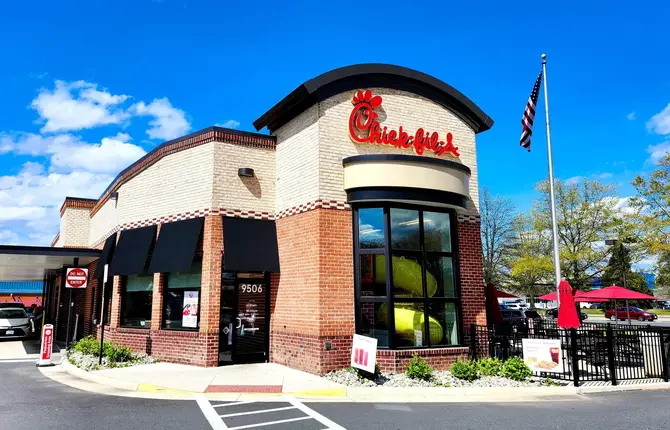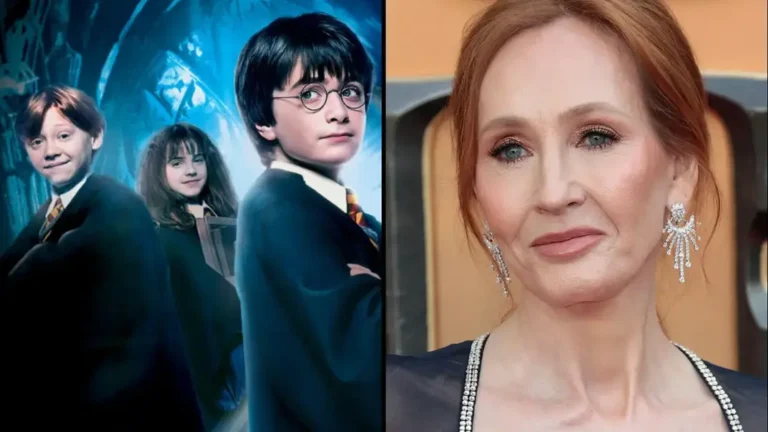The Vatican has released photos of Pope Francis being laid out in his open coffin for the Confirmation of the Death of the Pontiff ceremony.
The ceremony, which took place last night and lasted just under an hour, saw Cardinal Kevin Farrell, the Vatican camerlengo, read the official declaration of death aloud.
Francis’ body was also placed in an open wooden casket in the chapel of the Domus Santa Marta hotel. Photographs released by the Vatican today show the pontiff lying peacefully, dressed in red liturgical vestments with the papal mitre on his head and a rosary in his hand, as the Vatican secretary of state prayed over him.
Seals were also placed on the papal apartment in the Apostolic Palace and on the apartment in Chapel of Santa Marta, where Francis had resided.
Cardinals have assembled at the Vatican this morning to start planning Francis’ funeral and the elaborate rituals marking the end of one papacy and start of the next.
In the coming days, the Congregation of Cardinals will prepare for his burial, plan the conclave to elect his successor and make other decisions about running the Catholic Church.
Francis died yesterday aged 88 after suffering a cerebral stroke that led to a coma and irreversible heart failure. He had been recovering in his apartment after being hospitalised for five weeks with pneumonia.
He made his last public appearance on Sunday, delivering an Easter blessing and making what would be his final greeting to followers from his popemobile, looping around St. Peter’s Square.
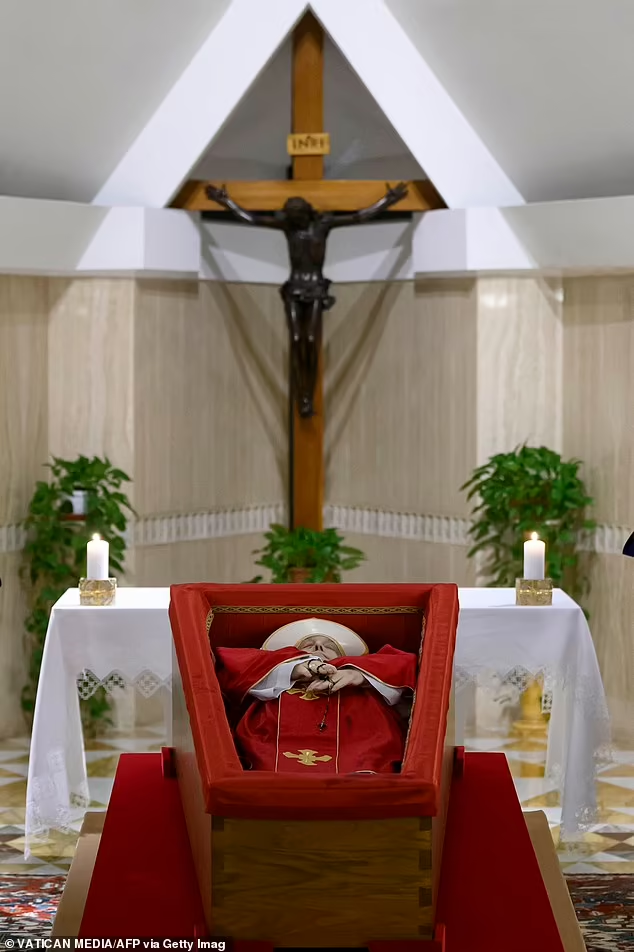
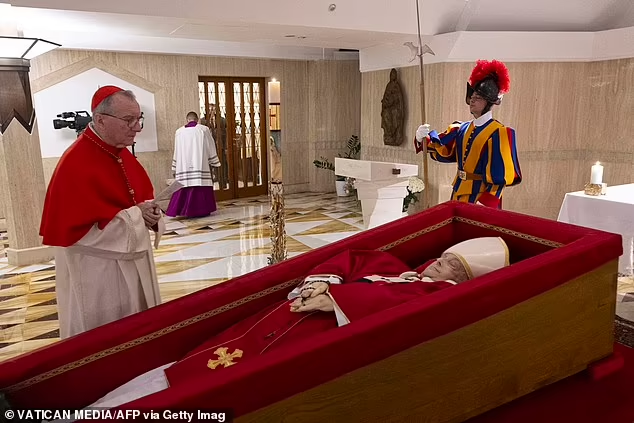

The first meeting of the Congregation of Cardinals—comprising the cardinals currently present in Rome—began at 9 a.m. (8 a.m. BST) today in the synod hall of the Vatican.
One of their initial responsibilities is to determine when the body of Pope Francis can be transferred to St. Peter’s Basilica for public viewing, which may happen as early as tomorrow morning.
According to protocols approved by Pope Francis last year, his funeral and burial must take place between Friday and Sunday. The funeral is expected to be held in St. Peter’s Square, just outside the basilica, which can accommodate up to 300,000 people.
As part of a centuries-old tradition, the pope’s formal apartments in the Apostolic Palace were sealed yesterday evening. The ritual was overseen by Irish-born Cardinal Kevin Farrell, who, as camerlengo, was responsible for officially announcing and confirming Francis’ death.
However, Francis had chosen not to reside in the Apostolic Palace. Instead, he lived in the Domus Santa Marta, a hotel-style residence on the opposite side of Vatican City. It was there that he passed away, and his body was subsequently placed in the hotel chapel, where a private viewing is being held today for Vatican officials and members of the pontifical household.
Until a new pope is elected, Cardinal Farrell will oversee the administrative and financial affairs of the Holy See.
In changes made by Francis last year, his body was not placed in three wooden coffins, as it had been for previous popes. Rather, Francis was placed in a simplified wooden coffin with a zinc coffin inside.
Once in St. Peter’s, his coffin will not be put on an elevated bier, but will just be be placed simply facing the pews, with the Pasqual candle nearby.
The burial must take place between the fourth and sixth day after his death, meaning a likely date is Saturday or Sunday.
Former U.S. President Donald Trump and former First Lady Melania Trump have announced plans to attend the funeral. French President Emmanuel Macron also confirmed his attendance, telling reporters yesterday, “We will attend the pope’s funeral as we should.”
Ukrainian President Volodymyr Zelensky is expected to travel to Italy for the service, according to a source in his presidential office. Argentine President Javier Milei is also anticipated to be among the attendees.
In his final will, Pope Francis requested to be buried at the Basilica of St. Mary Major in Rome—outside Vatican City—where his favorite icon of the Virgin Mary is kept. The icon, a Byzantine-style image, depicts Mary in a blue robe holding the infant Jesus, who holds a jeweled golden book.
Francis had a deep devotion to the icon, often visiting it to pray. After a 38-day stay at Gemelli hospital, he stopped by the basilica on March 23 to leave flowers before the icon. He returned on April 12 to pray before the Madonna one last time.
Dated June 29, 2022, the pope’s will also revealed that the costs of his burial would be covered by an anonymous benefactor, according to Italy’s Corriere della Sera.
“The tomb must be in the earth; simple, without particular decoration and with the only inscription: Franciscus,” the pontiff reportedly wrote.
He further specified that the funds for the burial had been arranged in advance and entrusted to Monsignor Rolandas Makrickas for transfer to the Papal Basilica of Santa Maria Maggiore.
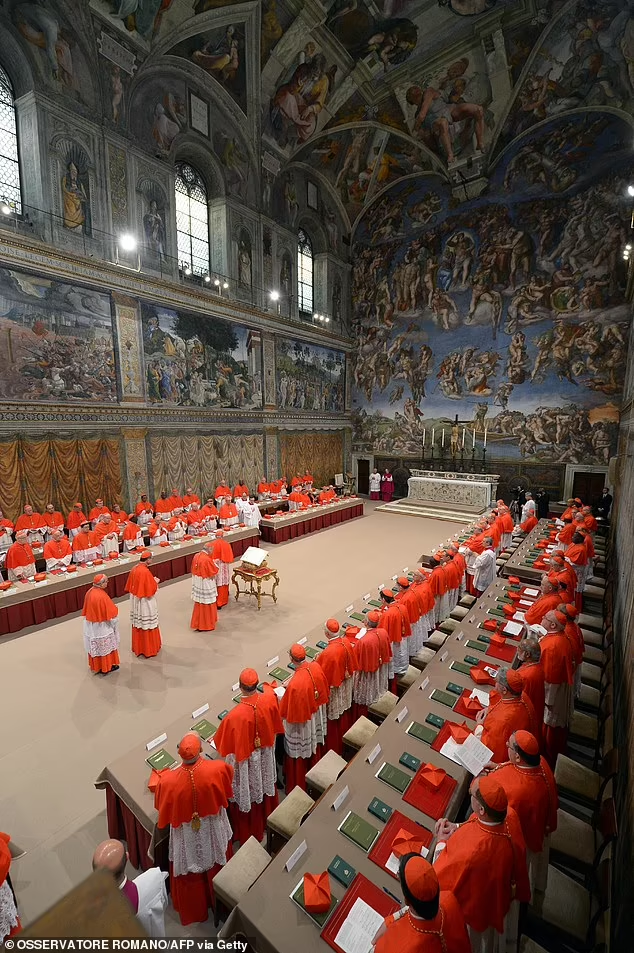
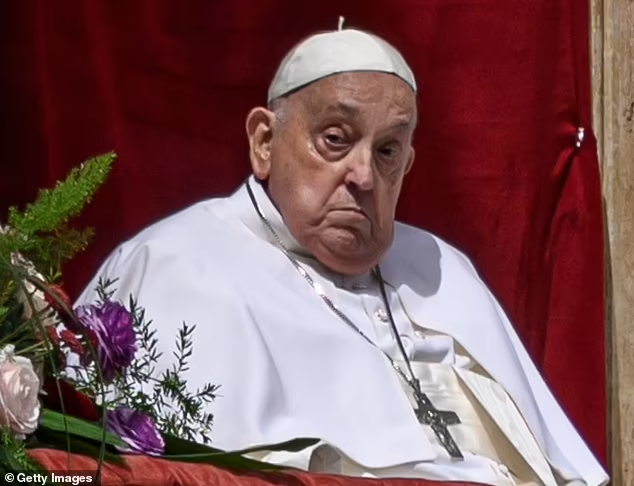
The pontiff’s funeral will be presided over by the dean of the College of Cardinals or, if that is not possible, by the vice dean or another senior cardinal.
The current dean is Italian Cardinal Giovanni Battista Re, 91. The vice dean is Argentine Cardinal Leonardo Sandri, 81.
Cardinals Re and Farrell, the camerlengo, will have key roles in the coming days as they summon the cardinals and prepare for the conclave to elect Francis’ successor.
Following the funeral, a nine-day period of official mourning—known as the novendiali—takes place.
During this time, cardinals gather in Rome for preliminary meetings ahead of the conclave, where the new pope will be elected. The conclave must begin between 15 and 20 days after the sede vacante—the declaration that the papal seat is vacant—though it may start earlier if the cardinals unanimously agree.
Cardinal-electors then move into a special residence within the Vatican, cut off from outside communication. When the conclave begins, they assemble in the Sistine Chapel for a series of secret ballots.
Each cardinal writes the name of their chosen candidate in disguised handwriting on a folded ballot card, which is then placed into a large chalice. A scrutineer reads each name aloud, and another cardinal threads the ballots together with a needle and thread.
Voting occurs four times a day until one candidate secures a two-thirds majority. The results of each vote are counted aloud and recorded by three designated cardinals.
If no candidate achieves the required majority, the ballots are burned in a special stove with chemicals that produce black smoke—signaling to the world that no pope has been elected yet.



